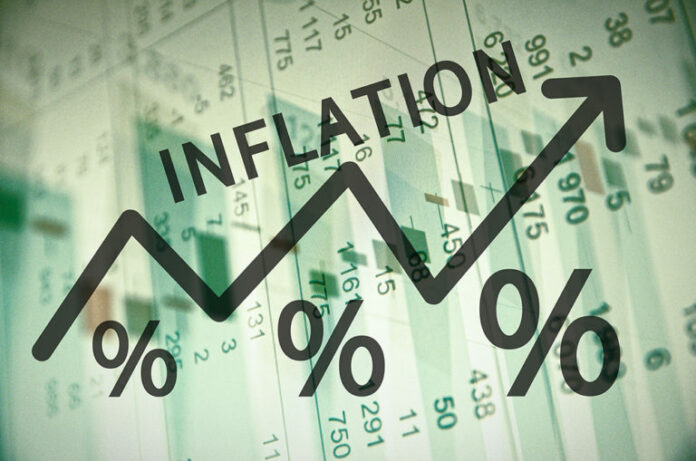May 11 was a tough day for markets, especially those in Asia-Pacific that came under pressure following a sell-off in tech stocks that hit major US indices overnight, the stocks that led the declines across the globe. In Taiwan the benchmark TAIEX index ended the trading session down 3.79%, followed by Japanese stocks that posted losses with the Nikkei225 losing 3.08% at the close, while Hong Kong’s Hang Seng fell 2% in afternoon trading, also affected by falling technology stocks. The Australian Index ASX200, which was under 1.06% before the announcement of the budget of the government, and ultimately the markets of mainland China, were the few to get some Profit at the end of the trading session on Tuesday, with the Shanghai Composite closing at 0.4%. ¹
To give some context, it should be noted that sales in the technology sector lowered the benchmark indices of Wall Street stocks; yesterday the Nasdaq 100 index fell 2.63% and some analysts and specialists have attributed this drastic liquidation to the much-feared inflation, since a key indicator in the inflation expectations of bond traders such as the 5-year equilibrium rate has shot up to 2.73%, a level that has not been seen since 2008.²
Most of the factors that analysts highlight point to an increase in price levels. The increase in wages, the hopes of fiscal stimulus and the significant increase in the prices of raw materials. The Nonfarm payrolls for April, did not help, the figures showed that average hourly earnings increased 0.7% monthly to $30.17, an all-time high, due in part to the labor shortage of specific skills. The Biden administration increasing the chances of promoting another fiscal stimulus plan in the face of a much lower employment gain than expected in April added to the increase in the prices of raw materials, such as crude oil, gasoline, iron ore and copper as well as adding more infringement pressures.²
It is because of these pressures that now the inflation figures are being reflected around the world and the massive sell-off in Asia is only one reaction of many, due in part to the news that the prices of products leaving the factory in China in April rose 6.8% compared to the same month last year, representing the fastest growth rate in three and a half years. This example adds to the concerns that have been generated in central banks, which during the last decade have kept interest rates at negative levels, zero or almost zero, and which in many cases have flooded the world with liquidity through schemes of asset purchases, waiting for monetary policy to begin to tighten soon.³
- https://www.cnbc.com/2021/05/11/asia-pacific-markets-stock-moves-currencies-china-inflation-data.html
- https://www.dailyfx.com/forex/market_alert/2021/05/11/Nasdaq-100-Tumbles-on-Inflaiton-Fears-Nikkei-225-and-ASX-200-May-Fall.html
- https://news.sky.com/story/one-word-can-explain-the-driving-force-behind-steep-global-stock-market-falls-12303334
Click here to access our Economic Calendar
Aldo Weidner Z.
Market Analyst – HF Educational Office – LATAM
Disclaimer: This material is provided as a general marketing communication for information purposes only and does not constitute an independent investment research. Nothing in this communication contains, or should be considered as containing, an investment advice or an investment recommendation or a solicitation for the purpose of buying or selling of any financial instrument. All information provided is gathered from reputable sources and any information containing an indication of past performance is not a guarantee or reliable indicator of future performance. Users acknowledge that any investment in Leveraged Products is characterized by a certain degree of uncertainty and that any investment of this nature involves a high level of risk for which the users are solely responsible and liable. We assume no liability for any loss arising from any investment made based on the information provided in this communication. This communication must not be reproduced or further distributed without our prior written permission.



















